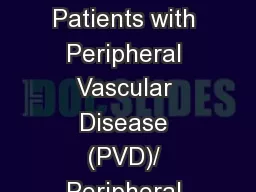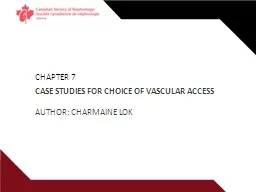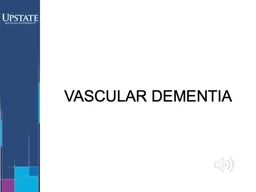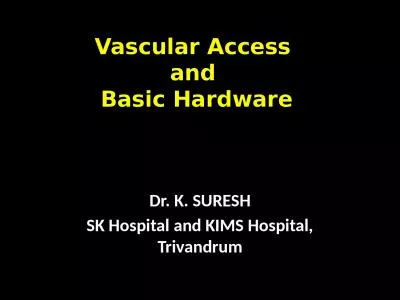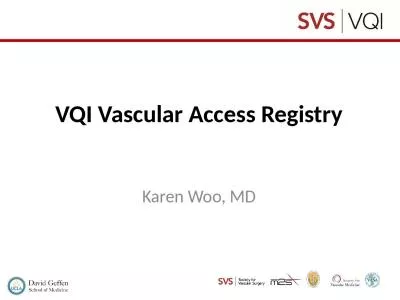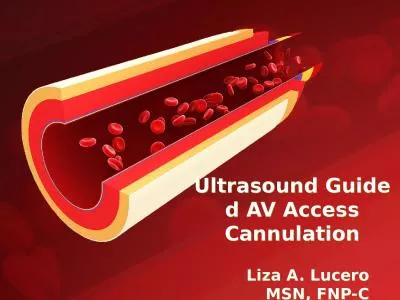PPT-Vascular Access Change in Practice
Author : yoshiko-marsland | Published Date : 2020-04-06
Kathy Kokotis RN BS MBA Becton Dickinson Director Global Clinical Development BASTSHW03180058 Disclosure The speakers presentation today is on behalf of Becton
Presentation Embed Code
Download Presentation
Download Presentation The PPT/PDF document " Vascular Access Change in Practice" is the property of its rightful owner. Permission is granted to download and print the materials on this website for personal, non-commercial use only, and to display it on your personal computer provided you do not modify the materials and that you retain all copyright notices contained in the materials. By downloading content from our website, you accept the terms of this agreement.
Vascular Access Change in Practice: Transcript
Download Rules Of Document
" Vascular Access Change in Practice"The content belongs to its owner. You may download and print it for personal use, without modification, and keep all copyright notices. By downloading, you agree to these terms.
Related Documents




